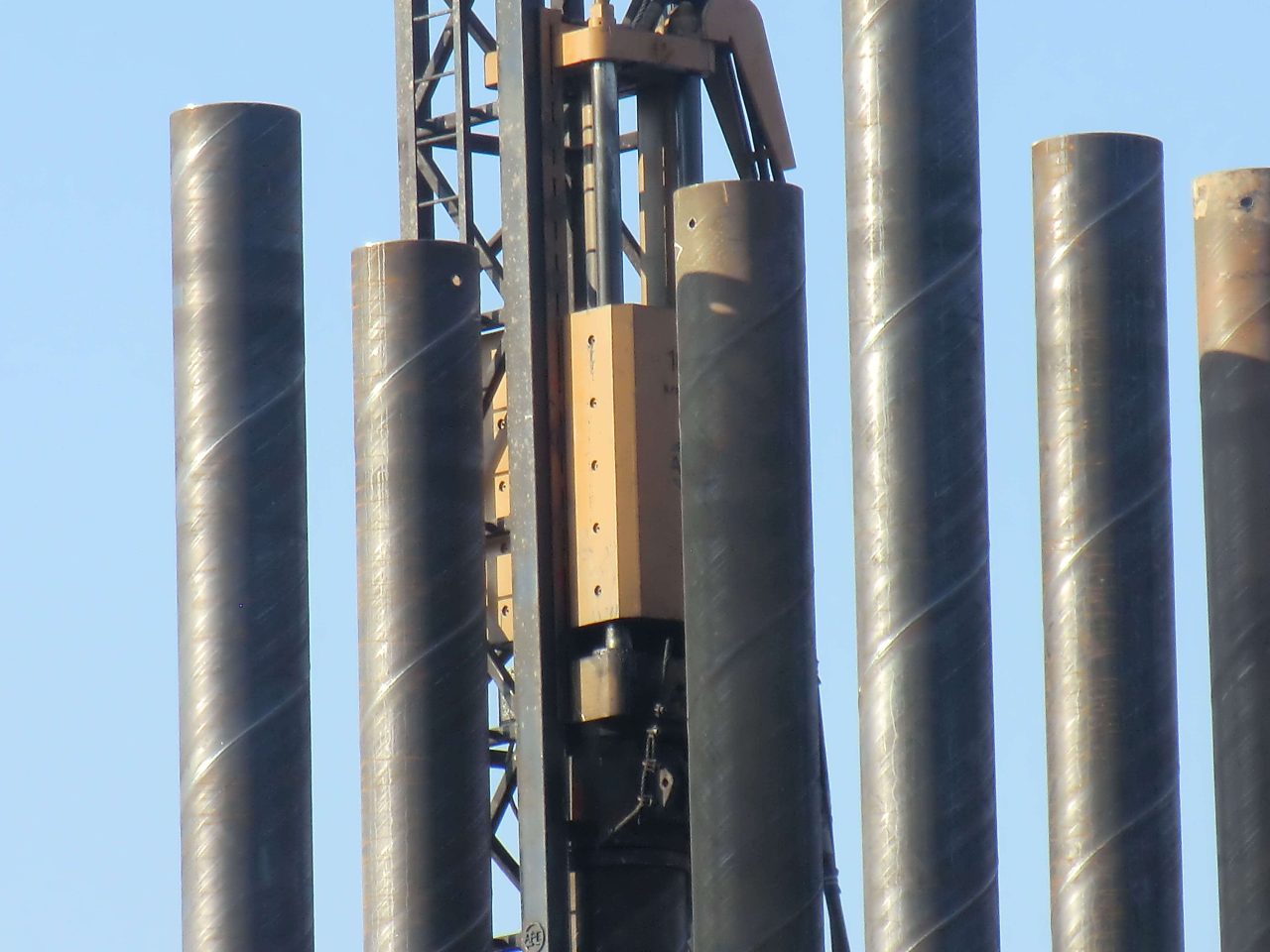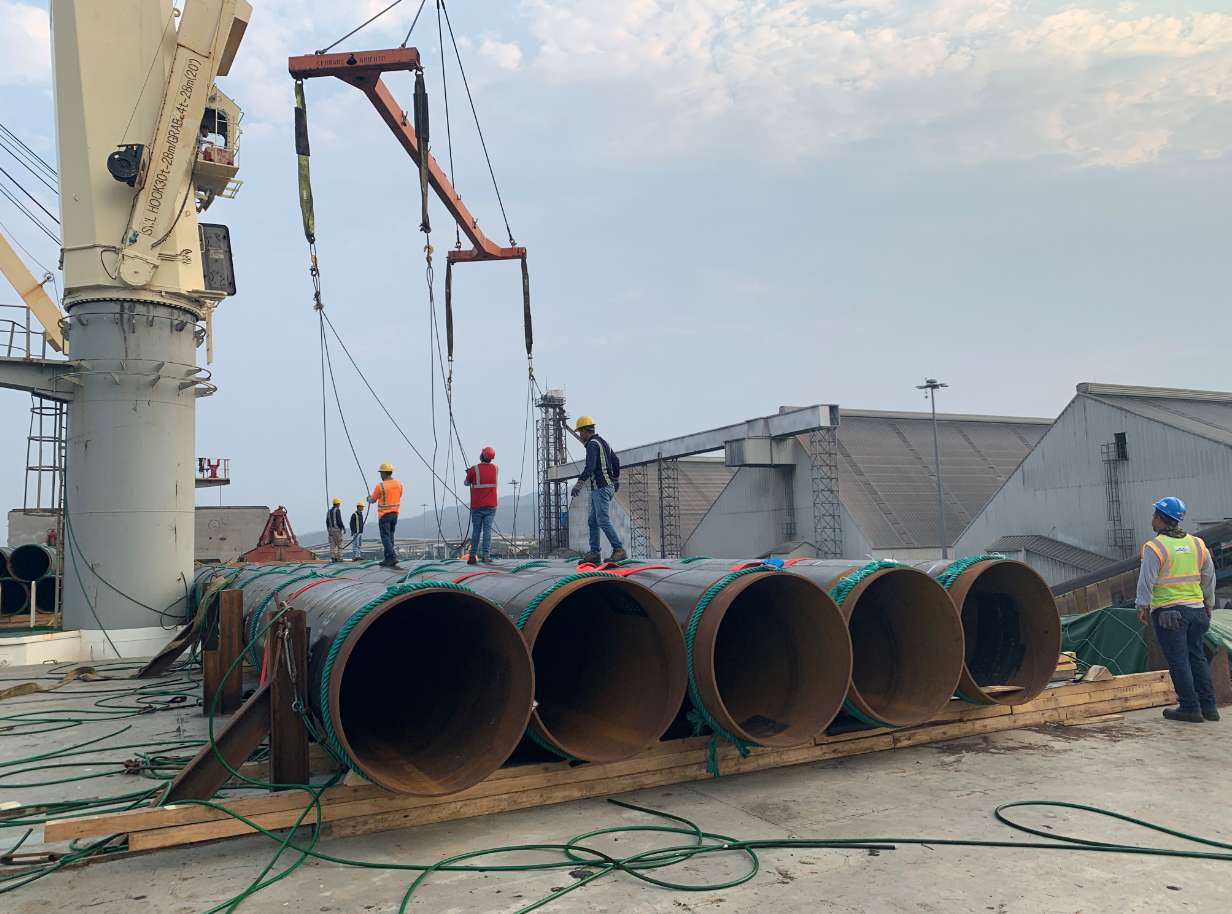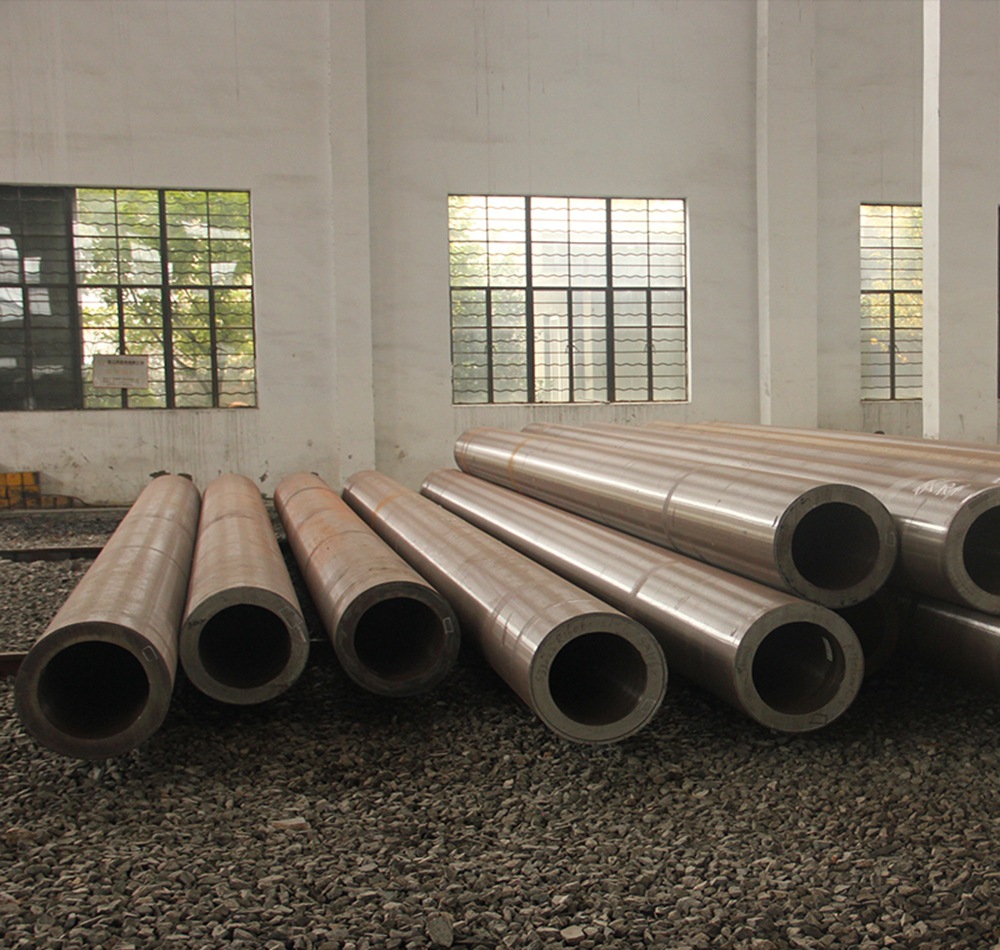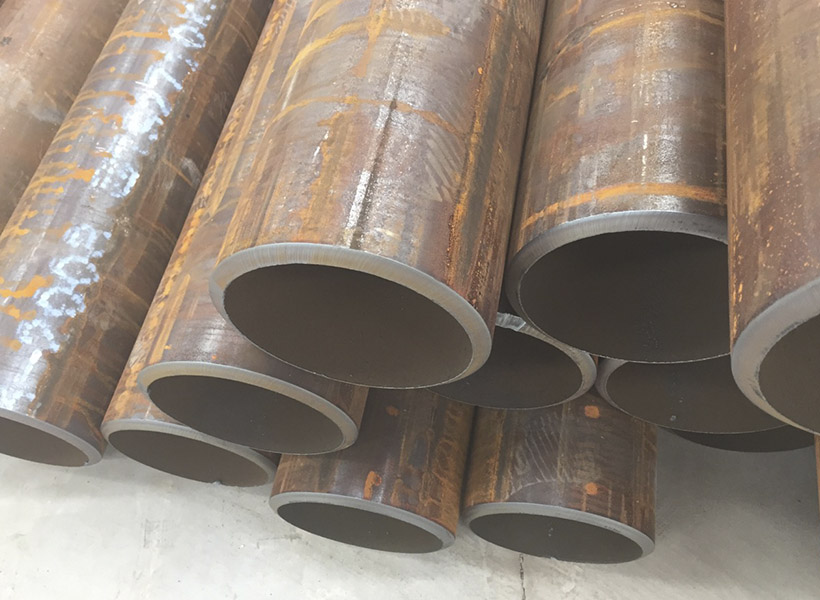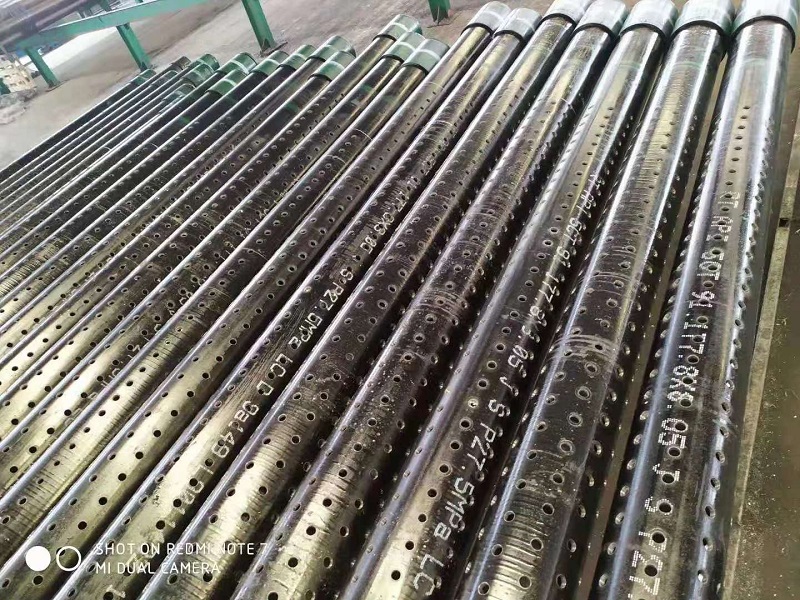Tubería SSAW frente a tubería LSAW: Comparación de opciones soldadas por arco sumergido
SAW (Soldadura por arco sumergido en espiral) y LSAW (Soldado por arco sumergido longitudinal) Ambos tubos se producen mediante soldadura por arco sumergido. (SIERRA) tecnología pero difieren significativamente en sus procesos de fabricación, aplicaciones, y la integridad estructural. Aquí hay una comparación detallada:
1. Proceso de manufactura
- SAW Tubería: Se fabrican soldando en espiral una bobina de acero laminada en caliente.. El proceso comienza con el desenrollado de la bobina de acero y dándole forma de espiral., resultando en una costura helicoidal. Este método es muy adecuado para producir tuberías de gran diámetro..
- Tuberías LSAW: Estos tubos se fabrican doblando y soldando placas planas de acero.. Las placas de acero se moldean en formas cilíndricas y luego se sueldan longitudinalmente a lo largo de la costura.. Este método es el preferido para crear tuberías con altas relaciones entre diámetro y espesor de pared., adecuado para aplicaciones de alta presión y alta resistencia.
2. Diferencias estructurales y de diseño
- Forma y costura: Las tuberías SSAW tienen una costura en espiral., que potencialmente puede introducir concentraciones de estrés, particularmente bajo altas presiones internas. A diferencia de, Las tuberías LSAW tienen una costura recta que ofrece una mejor resistencia mecánica en condiciones similares..
- Diámetro y espesor de pared:
- Las tuberías SSAW generalmente varían desde 20 pulgadas a 100 pulgadas de diámetro exterior, lo que los hace adecuados para aplicaciones a gran escala.
- tubos LSAW, por otro lado, intervalo de 16 pulgadas a 60 pulgadas de diámetro. Pueden acomodar un espesor de pared más alto en comparación con las tuberías SSAW., mejorando su capacidad para soportar presiones más altas.
3. Costo y eficiencia
- Costo: Las tuberías SSAW son generalmente más baratas de producir que las tuberías LSAW debido a la eficiencia del proceso de soldadura en espiral y a los requisitos de tolerancia menos estrictos para ciertas aplicaciones..
- Eficiencia: La eficiencia de producción de las tuberías SSAW es mayor ya que el proceso permite una fabricación continua sin interrupción.. La fabricación de tuberías LSAW es más lenta y requiere más mano de obra, especialmente debido a la soldadura longitudinal y a la necesidad de múltiples reposicionamientos del material.
4. Aplicaciones
- Tuberías SSAW: Debido a su rentabilidad y capacidades de gran diámetro, Se utilizan principalmente en aplicaciones como el transporte de agua., construcción, y en ciertos proyectos de oleoductos y gasoductos de baja a media presión..
- Tuberías LSAW: Se prefieren para aplicaciones de alta presión como la industria del petróleo y el gas., donde las tuberías están sujetas a altas presiones internas y externas. Las tuberías LSAW también se utilizan en construcciones costa afuera y otras aplicaciones de alto estrés debido a su mayor integridad estructural y costura recta..
5. Precisión y tolerancia
- Ambos tipos de tuberías tienen tolerancias de espesor moderadamente precisas., pero las tuberías LSAW generalmente ofrecen una mayor precisión geométrica debido a la naturaleza de la costura longitudinal y al proceso de fabricación controlado..
Conclusión
La elección entre tuberías SSAW y LSAW depende en gran medida de los requisitos específicos del proyecto., incluyendo la presión esperada, demandas estructurales, y restricciones presupuestarias. tubos LSAW, mientras más caro, Proporcionar un mejor rendimiento en entornos de alta presión y donde la alta precisión geométrica es crucial.. tubos SSAW, ofreciendo diámetros más grandes y ahorro de costos, son adecuados para más amplio, aplicaciones que requieren menos presión.

